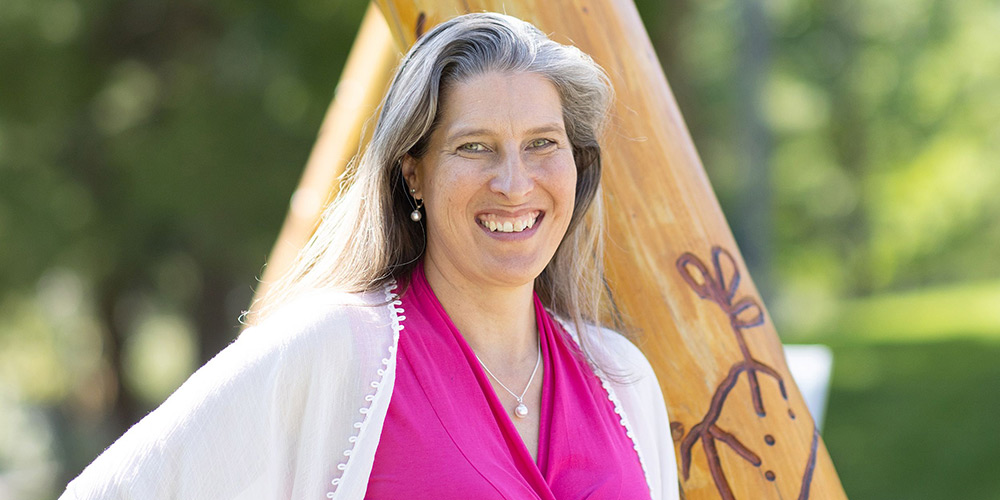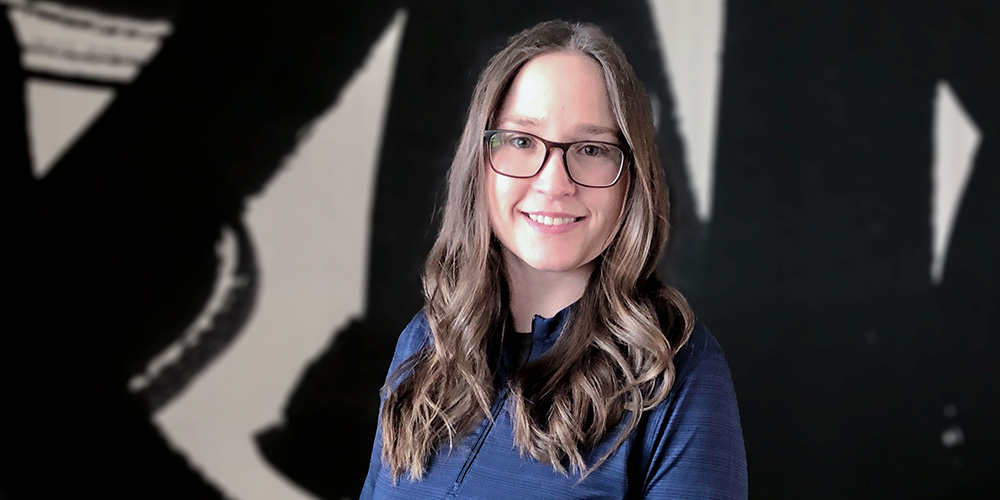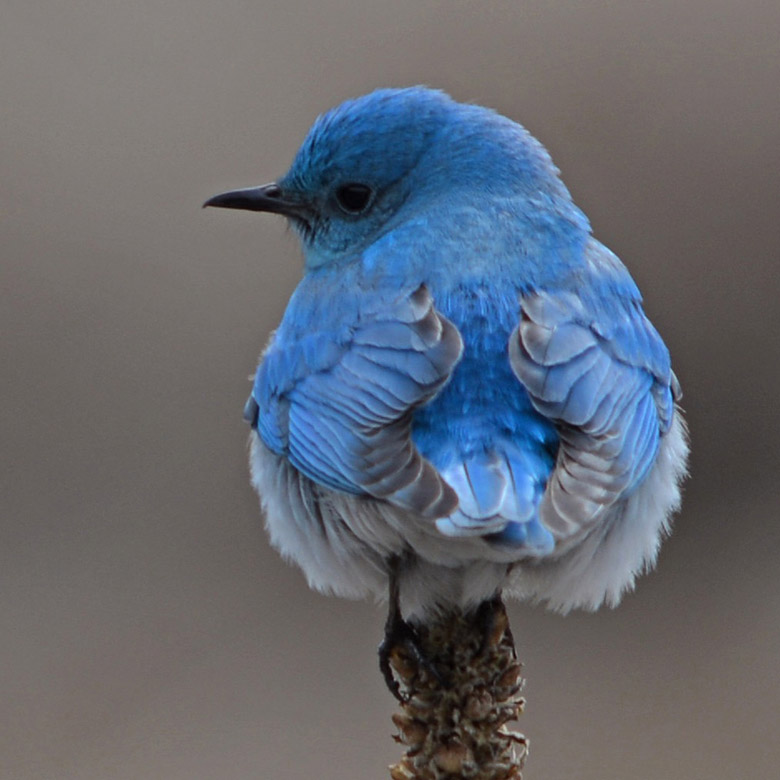
UNDERGRADUATE PROGRAMS
Get your UBC degree in biology, biochemistry and molecular biology, ecology, evolution, and conservation biology, microbiology, sustainability, or zoology. Go on to graduate studies or one of the many careers possible in the biological sciences.
The Department of Biology is dedicated to Inclusive Excellence and welcomes all students. Learn More
Science at the crossroads of creativity and ethics
Dr. Robin Young, Assistant Professor of Teaching in the Department of Biology, looks at cell biology through a lens of ethics, diversity and inclusion.

Image credit: Darren Hull
Want UBC to be a part of your academic career? Apply Now

GRADUATE PROGRAMS
Our graduate programs offer tier-one research-based degrees to students in a collegial, close-knit setting. Our high-calibre graduate students dedicate themselves to bettering our world through research.
How humans and climate change affect our environment
Doctoral student Melanie Dickie’s research explores how these factors combine to influence the natural world



